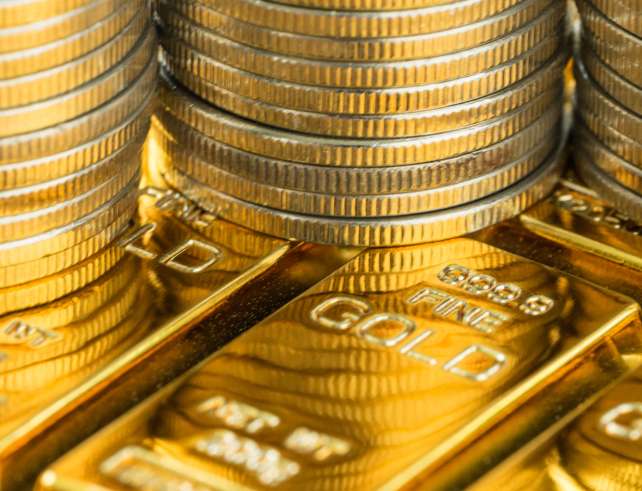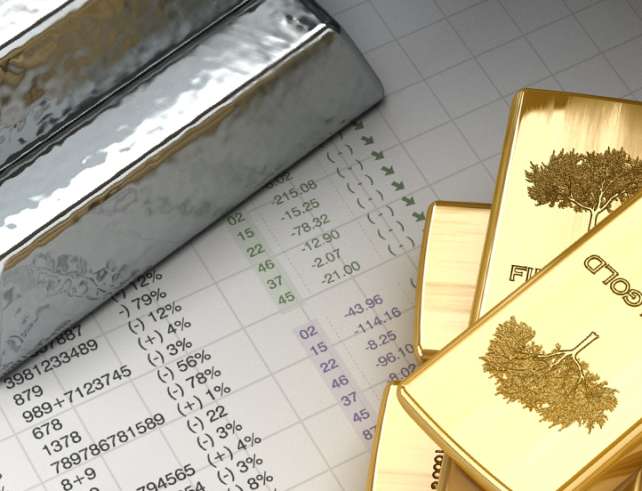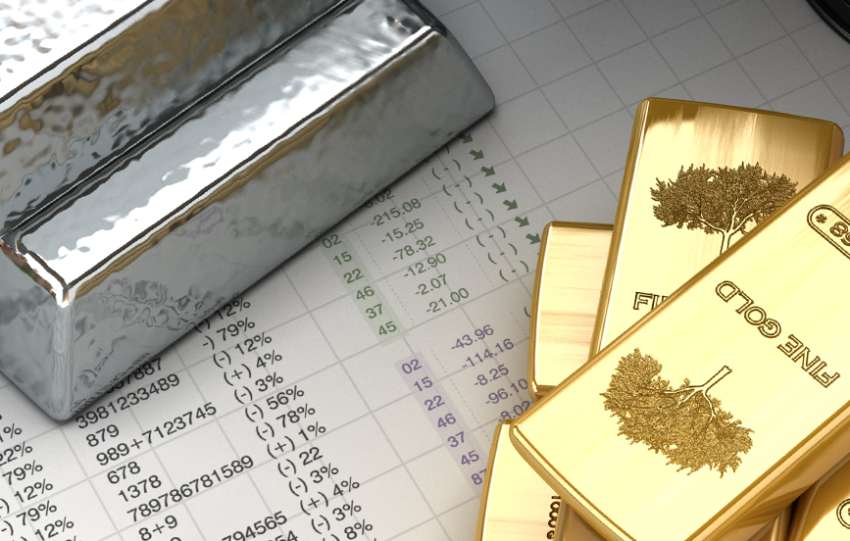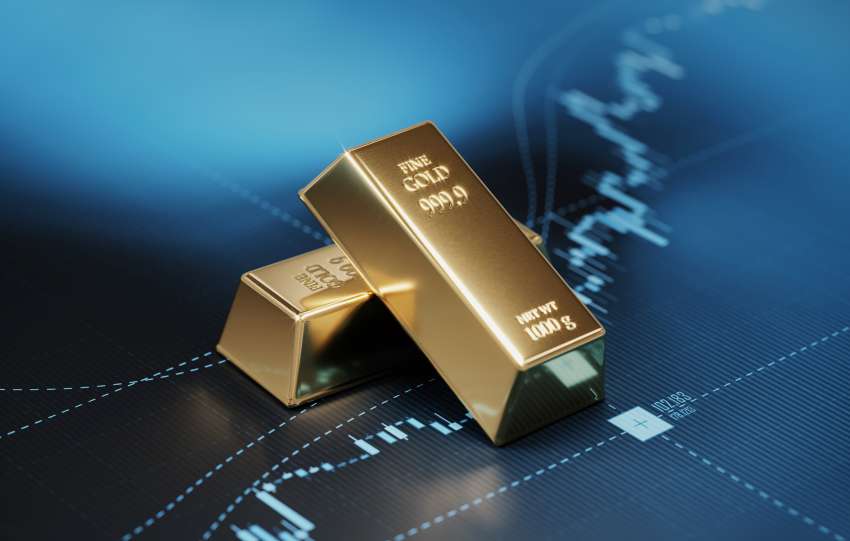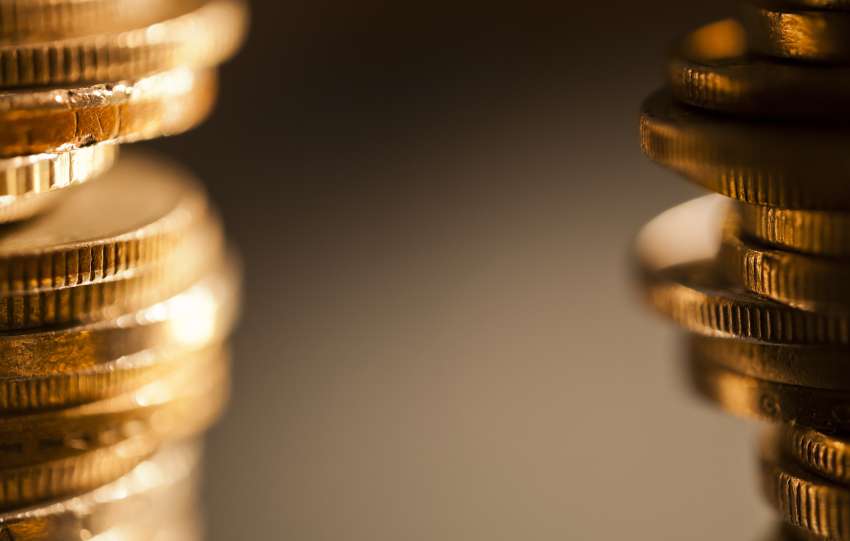Few investments have as many options as you’ll find with precious metals. And while metals like platinum and palladium have increased in popularity, gold is often still at the top of the list. If you’re deciding between modern and rare gold coins, though, there are a few things you should know.
Some people may not see the big difference between gold coins. After all, a half ounce of the precious metal is worth a half ounce, right? In reality, there are often significant variations in value when looking at these coins. In fact, gold content may not even play a factor in some prices.
This is why it’s so important to know what you’re buying. Victims of con artists are losing their entire life savings by purchasing rare gold coins when they think they’re getting bullion. By knowing the differences between these items, you can ensure your investment is a smart one.
The Value of Modern Versus Rare Gold Coins
There are countless differences between rare and modern gold coins. This includes everything from precious metal content to mintage numbers. In fact, some rarities are so scarce that only high-end buyers will ever encounter them. The most important difference, though, is coin values.
This isn’t to say that a rare coin will automatically be worth more than a modern specimen. In fact, an American Eagle gold coin could cost far more than a rarer ancient example. Of course, that has more to do with the full ounce of bullion in the American Eagle.
When rare gold coins have the same precious metal content as their common counterparts, though, price differences can shift drastically. Just consider the separate types of value within a single coin — the 1822 Half Eagle:
- Face value: $5
- Intrinsic value: ~$454 (i.e., just over 8 grams of gold in June 2021)
- Numismatic value: $8.4 million
Even when the price of gold exceeds $2,000 per ounce, the intrinsic value of the 1822 Half Eagle doesn’t come close to what collectors will pay for the coin. Its rarity far surpasses its gold content. This is why collectors — rather than investors — are usually more interested in these coins.
Of course, this doesn’t mean rare gold coin collectors aren’t investors. The owner of that 1822 Half Eagle did not pay $8.4 million before putting the coin up for auction. This means they bought it for a certain price and saw an impressive return on investment.
Knowing these specifics about a random coin certainly won’t help you when weighing your options. What this does show, however, is that rarities can hold far more value than their gold content. This simple yet vital piece of knowledge is one of the biggest components of making smart investments.
Types of Modern Gold Coins
The $8.4 million price tag of the 1822 Half Eagle may have scared you away from rare gold coins. This shouldn’t be the case since there are far more affordable specimens. If you’re only interested in buying more common coinage, though, it’s important to realize they’re not all the same.
Even if you buy two bullion coins from the same year, you can get two very different values. The following sections describe the most common types of gold coins available — along with how they differ and what this means to your investment.
Gold Bullion Coins
There are varying definitions of “bullion.” Investopedia says that these items contain at least 99.5% pure gold. Unfortunately, this definition does not cover all coins sold as bullion in America. We’ll discuss this further in the American Gold Eagles section.
Regardless of whether a bullion coin meets this strict definition, though, the purpose of the item is the same. They’re meant to serve as an investment due to their ability to store value. And while these coins carry a face value, it’s far lower than their intrinsic worth.
The biggest lesson to take away from gold bullion coins — especially those like the Buffalo gold coin with higher purities — is that it’s all about the precious metal. No coins within a series are meant to be rarer or have a higher numismatic value.
Commemorative Gold Coins
While rare gold coinage is typically older, this isn’t the case with America’s $5 commemorative gold coins. With a purity of 90%, they don’t fall under most bullion definitions. And since they weigh about one-quarter ounce — while bullion is typically 1 ounce — the label doesn’t really apply.
What stands out most about these coins is that certain dates are rarer than others. While you can buy most common dates for just a small premium over spot price, the following examples carry a much higher numismatic value:
- 1995-W XXVI Stadium MS
- 1997-W Jackie Robinson Proof
- 2001-W Capitol Visitor Center MS
- 2013-P 5-Star General MS
- 2014-W National Baseball Hall of Fame MS
- 2014-W National Baseball Hall of Fame Proof
This puts America’s $5 commemorative coins in a special place between common and rare gold coins. While many people buy them solely for their intrinsic value, you can find various specimens that carry additional numismatic worth.
American Gold Eagles
Perhaps the biggest example of when certain bullion definitions don’t apply is the $50 American Gold Eagle. It contains an ounce of gold like other bullion offerings, but its purity is 91.67%. Even though it has a lower purity than some offerings, it’s still one of the most desired bullion coins.
If you’re interested in rare gold coins without an added premium for scarcity, the American Gold Eagle is still a superb choice. That’s because it features the iconic design of the $20 Saint-Gaudens coin that President Teddy Roosevelt approved. It’s the best of both worlds!
Benefits of Gold Bullion Coins
You’re investing in gold: When you buy a common gold coin, you’re investing in its gold content. You aren’t paying a premium that could end up diminishing your investment if collectors suddenly lose interest in a coin.
High liquidity: High-value rare gold coins have a very defined market, and it’s much smaller than the gold market. This means modern coins are much easier to sell.
No surprises: Imagine buying a gold coin after experts said only three existed. Then imagine someone finding a hoard of the coins that was safely stored away. Your item immediately loses value. Fortunately, this doesn’t happen with common bullion coins.
Benefits of Rare Gold Coins
Valued higher than bullion: When compared ounce-to-ounce, rare coins are always more valuable than their common counterparts. This means you will easily get above spot value when you go to resell the item.
Spot price fluctuations matter little: If the price of gold suddenly drops, rare gold coins won’t suffer major devaluation. Remember: you’re not investing in gold. While these coins may always have intrinsic worth, that’s not where the real value comes into play.
Easier to store: Remember the 1822 Half Eagle discussed earlier? You could store it in a tiny pillbox. To get the same value in modern bullion, you’d have to buy thousands of 1-ounce coins. The storage needs simply aren’t comparable.
Can Bullion Become a Rare Gold Coin?
One of the biggest draws of bullion coins is their intrinsic value. Buyers know exactly what they’re getting, and they assume no other examples of the coin will be more rare or valuable. In reality, this isn’t always how it works out.
While there may not be differences in mintage numbers, common gold coins can vary significantly in condition. For instance, a 1986 Gold Eagle graded below MS70 is worth the same as any other coin from the series. If it reaches the level of MS70, though, the value nearly doubles.
To get this added value, a coin typically has to receive certification and grading by a company like Numismatic Guaranty Corporation (NGC). Before trying to get your modern bullion listed as a rare gold coin, though, check the values and make sure the cost of grading is worth it.
Buy Modern or Rare Gold Coins Today!
You’ll occasionally hear people say “gold is gold,” and while this is technically true, it doesn’t apply in every case. While an ounce of the precious metal in an ingot or necklace may hold similar value, rare coins are often worth far more than any intrinsic worth in the item.
The strategy you eventually take will depend heavily on your investment goals. Perhaps you simply want bullion to hedge against inflation, but maybe you found a stellar deal on a rare gold coin you can immediately resell for profit. Regardless of your strategy, gold is always an excellent investment.
At Silver Gold Bull, we strive to ensure our inventory can meet the needs of every investor and collector. Visit our Gold Products page today to see our selection. Whether someone wants rarities or simply valuable bullion, everyone can find something they love.



